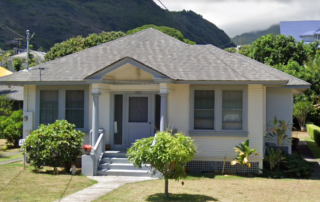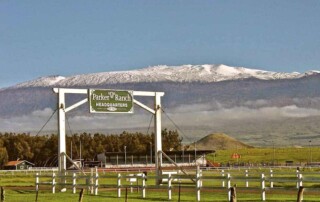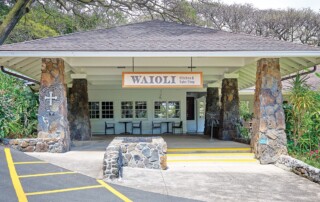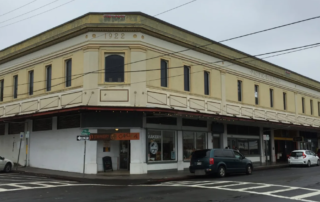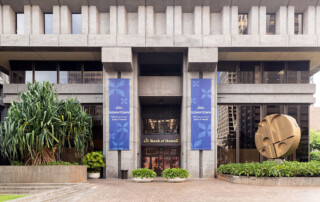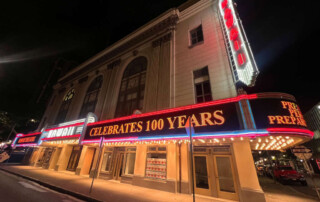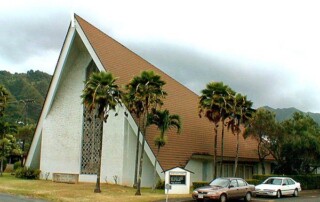Five Properties Added to the Hawai‘i Register of Historic Places
The Hawai‘i Historic Places Review Board added five properties to the Hawai‘i Register of Historic Places in August 2022 and an amended nomination for an existing property was approved. Properties are eligible for inclusion in the register if they meet one or more criteria of historic significance: A) association with broad patterns or events; B) associations with historic individuals; C) architecture and design; or D) likely to yield important information. Click on the links to access the Register nomination forms of each property. La Pietra Townhouse, O‘ahu (Multiple Property Nomination) The La Pietra Townhouse is a multiple property nomination. The townhouse was conceived in 1967 and built in 1971 by architect Louis Pursel and developer Bert Williams. The site was landscaped by San Francisco landscape architecture firm Eckbo, Dean, Austin and Williams. The site is comprised of 19 duplexes and 38 units. In March of 2022, ten units were added to the historic register and in August, another four units were added. The dwelling units are significant at the local level under criterion A for their associations with the development of townhouse complexes in Hawai‘i and for their associations with historic preservation in Hawai‘i. The 4 units added to the historic register are: Condominium Unit 1: Al and Vivian Phillips Residence, O‘ahu Condominium Unit 22: James F. and Nancy Dunn Investment Property, O‘ahu Condominium Unit 9: Raymond and Grace Headrick Residence, Oahu Condominium Unit 25: Eugene and Diedra Lau Residence, O‘ahu (pictured at left) Dr. Carl and Jean Mason Residence, O‘ahu Constructed in 1959, the Mason residence is significant on the local level under Criterion C, as a good example of a house built in Honolulu during the 1950s in a modern style. [...]


